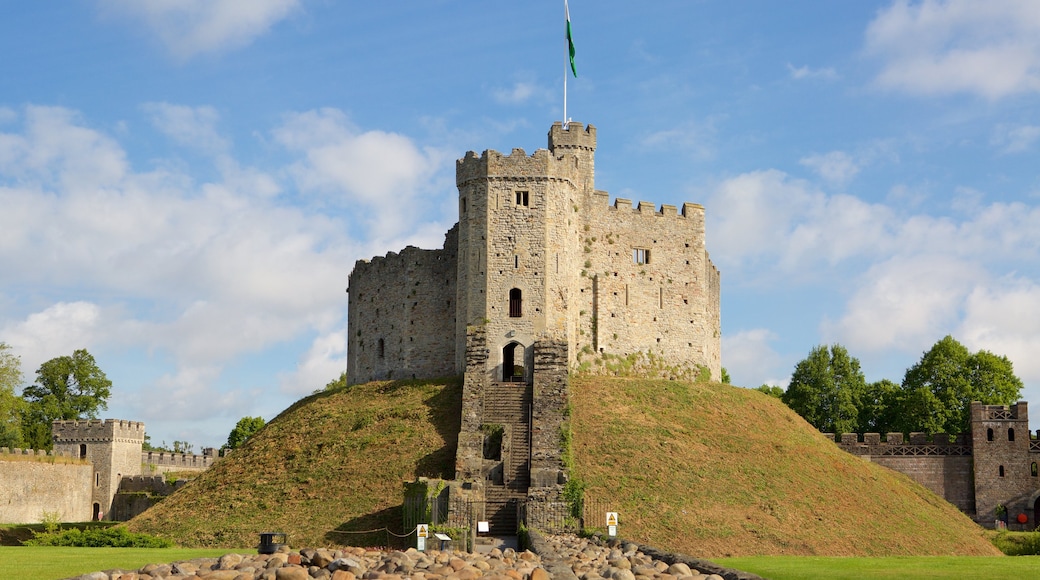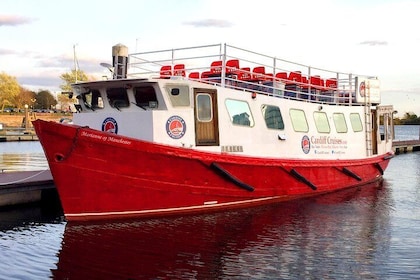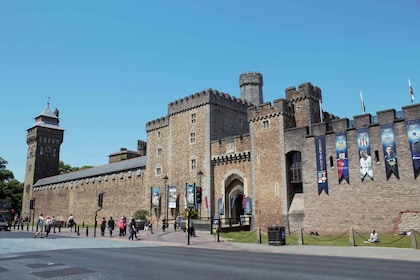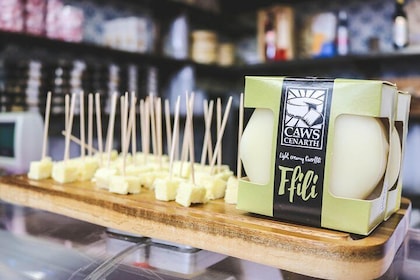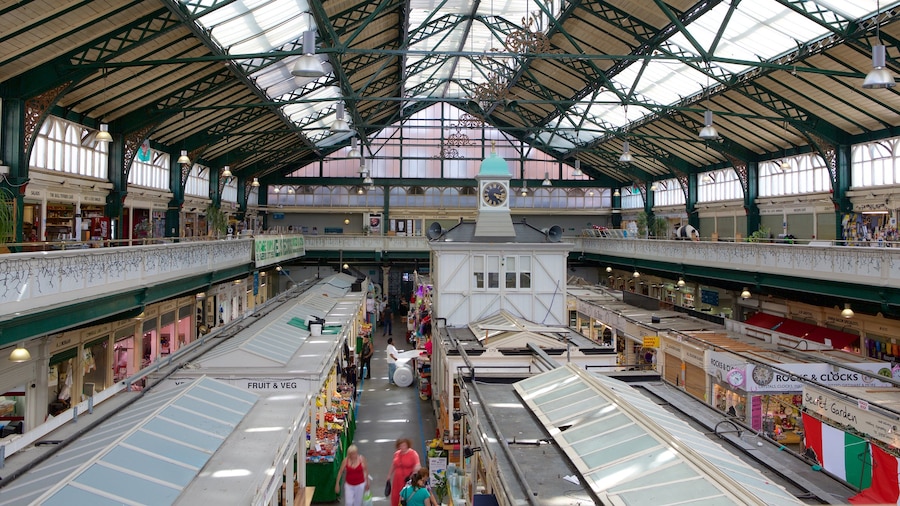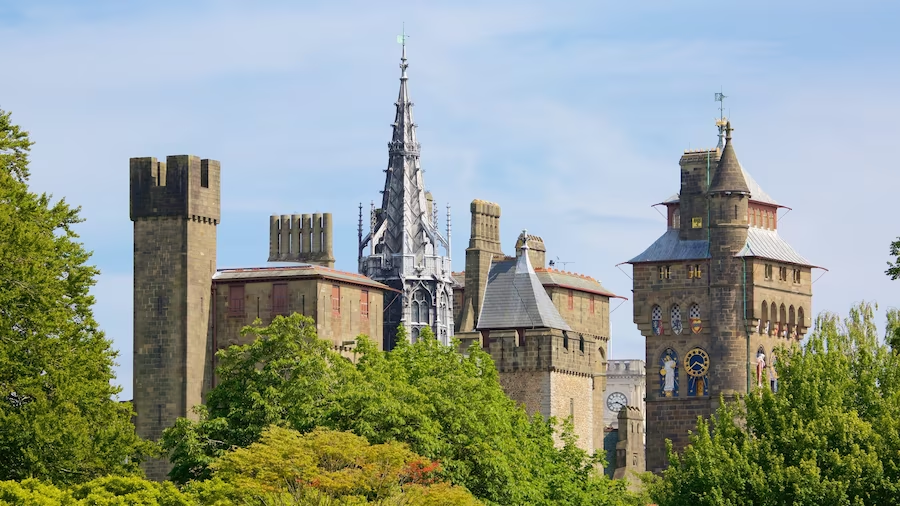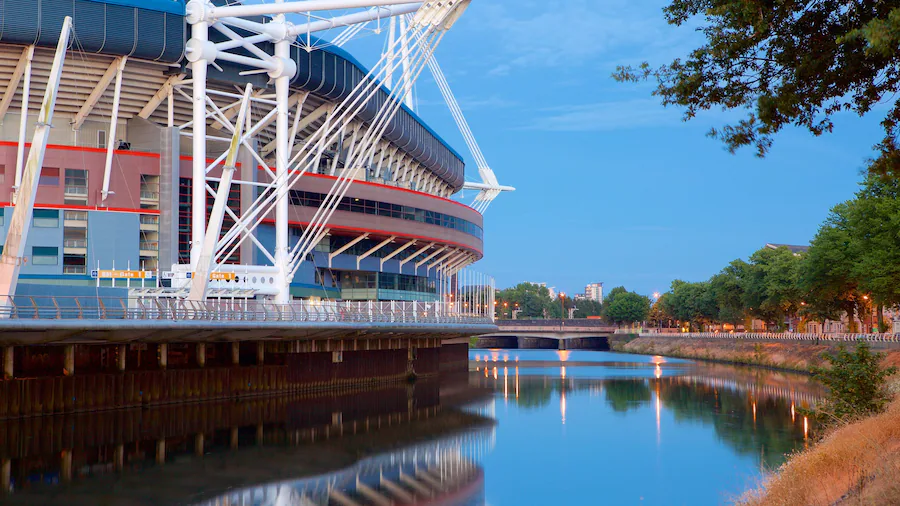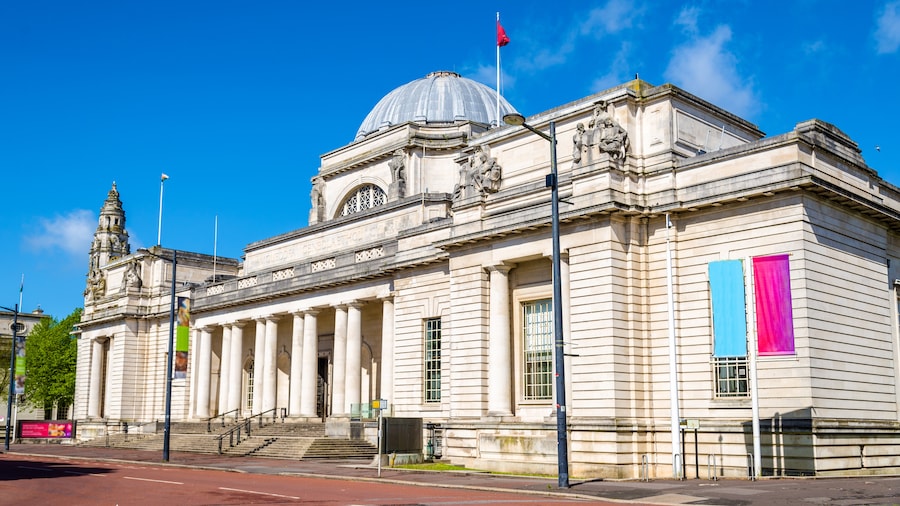Located in the heart of the city centre, Cardiff Castle is one of Wales’ most important cultural attractions. A rich history spanning 2,000 years is contained within its walls and fairytale-style towers.
A 12-sided medieval keep offering panoramic views across the city from a platform at its top is at the castle’s heart, but the site is also full of later additions that capture the imagination. Fabulous mock-Gothic features, including an extravagant banqueting hall and clock tower, were added during the Victorian era.
Up until 1947, when the castle was donated to the city, it was home to the Butes, the family responsible for turning Cardiff from a small town into the world’s biggest coal port.
The fascinating collection of buildings dotted around a central green with the shell keep, built in stone in 1135, and 13th century black tower the most conventional. A grand house was added about 300 years later but it had fallen into disrepair by the time the Butes acquired it a century later. Architect Henry Holland and his father-in-law, famous landscape gardener Lancelot “Capability” Brown, were brought in to restore it to its former glory.
A 50-minute guided tour takes visitors on an amazing journey through time, via the fantastical clock tower and over-the-top bedroom of Lord Bute to the jaw-dropping banqueting hall, elaborate Arab room and indulgent Roman-style roof garden.
The castle is also home to a World War Two air raid shelter and the Firing Line, a small but compelling museum dedicated to Wales’ soldiers.
